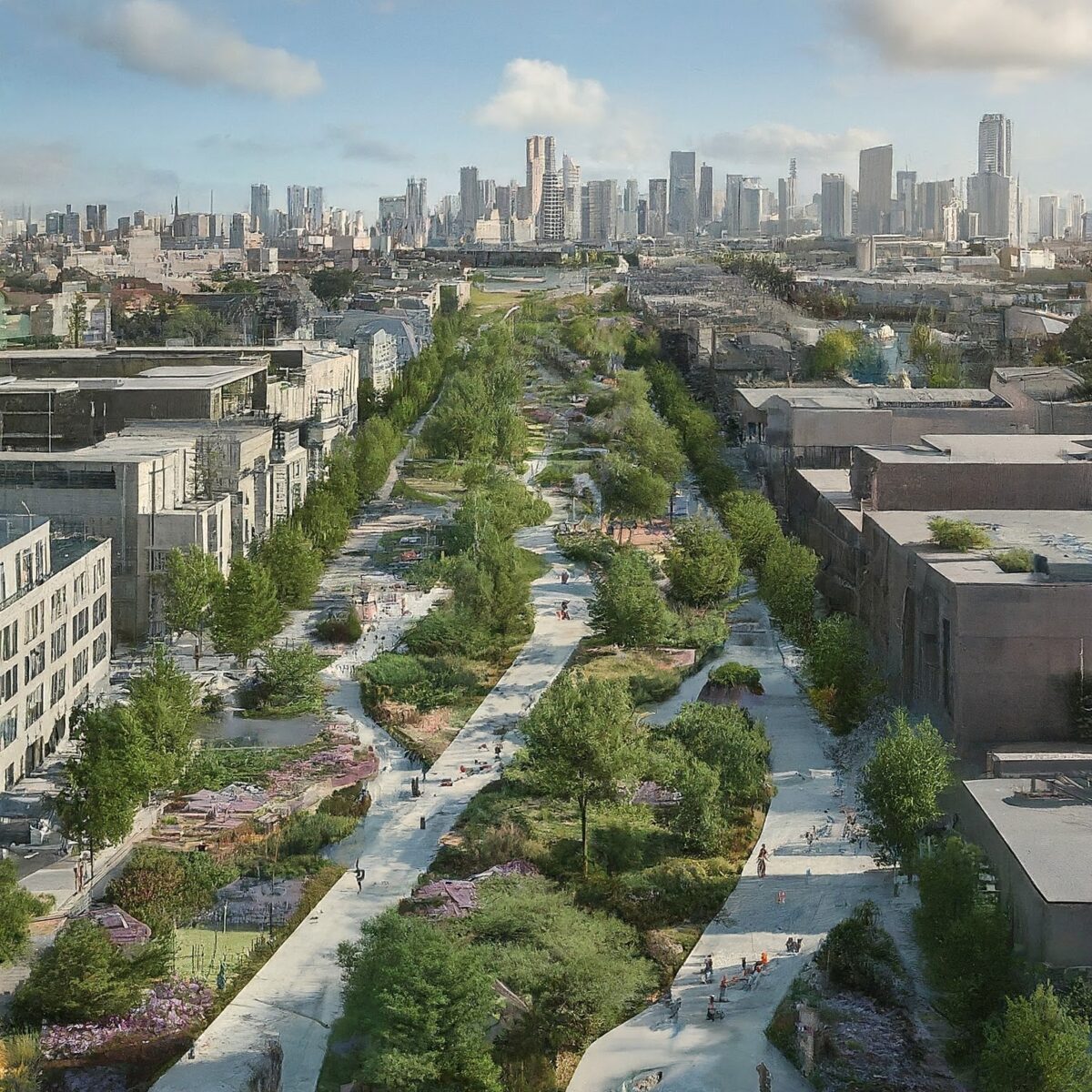In a world of sprawling metropolises, traffic snarls, and hours lost commuting, there’s a growing buzz around a revolutionary urban planning concept: the 15-minute city. This model envisions cities where everything you need – work, groceries, healthcare, schools, and leisure – is within a short walk or bike ride. But is this a practical, sustainable future for our cities, or just a utopian pipe dream? Let’s dive in.
What Exactly Is a 15-Minute City?
The idea was popularized by Parisian urbanist Carlos Moreno. Simply put, the 15-minute city decentralizes urban living. It creates self-sufficient neighborhoods where residents can access life’s essentials within a 15-minute radius from their homes. The aim is to give people back their time, improve their well-being, and foster communities.
The Upside: Potential Benefits
- Less Time Commuting, More Time Living: Long commutes are a drain on quality of life. This concept could free up significant time for leisure, family, or personal development.
- Greener Cities: Encouraging walking and cycling over cars reduces carbon emissions and improves air quality.
- Revitalized Local Economies: Local businesses thrive when people shop close to home, generating jobs within the community.
- Stronger Communities: When essential needs are within reach, neighbors naturally interact more, forming a greater sense of community.
- Improved Health and Well-being: Active ways of getting around promote physical activity, while reduced pollution benefits everyone.
The Downside: Potential Challenges
- Gentrification Pressures: Revitalized neighborhoods could become more desirable, potentially displacing current residents due to rising costs.
- Limited Housing Options: Providing all necessities within a small area requires high-density development that might not suit everyone’s preferences.
- Infrastructure and Planning Overhaul: Transitioning to this model requires significant investment in infrastructure and a complete rethinking of urban planning.
- Equity Considerations: Ensuring the 15-minute city concept is accessible to all socioeconomic groups is essential to avoid creating further inequality.
The Verdict: Fad or Future?
The 15-minute city is undoubtedly a bold and appealing idea. While it faces challenges, it offers a potential solution to the issues plaguing many modern cities: time poverty, environmental degradation, and social disconnect. Real-world examples, like Paris’s efforts under Mayor Anne Hidalgo and the C40 Cities network, are already putting these concepts into practice. It’s too early to say if all cities can become fully self-sufficient within a small radius, but the concept introduces valuable principles that urban planners should seriously consider.
Let’s Open the Conversation
What do you think about the 15-minute city? Would you like to live in one? What are the biggest obstacles you see to its widespread implementation?
Let me know your thoughts in the comments!


